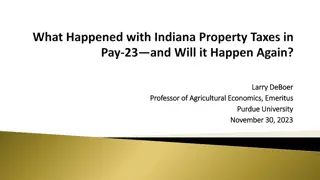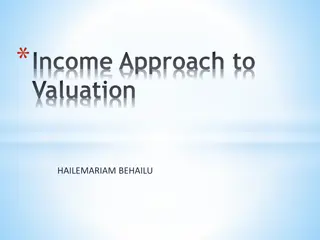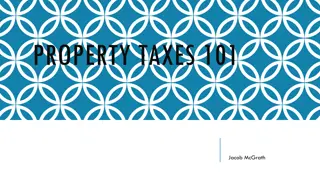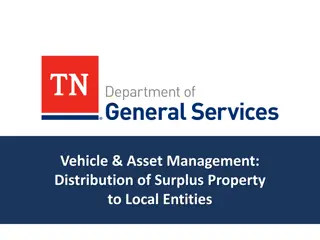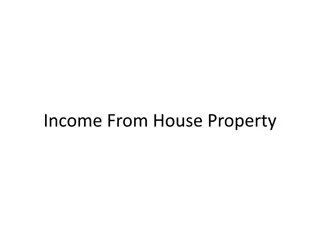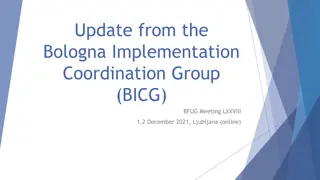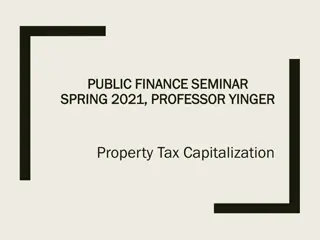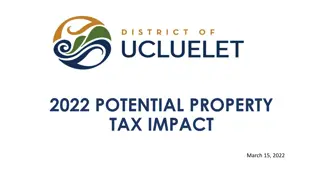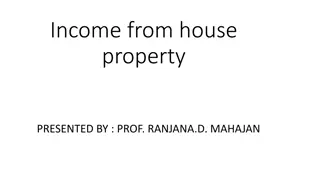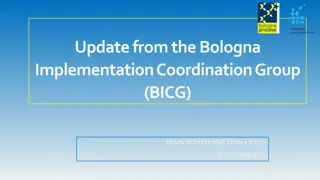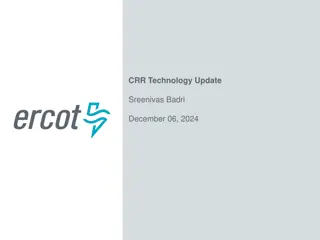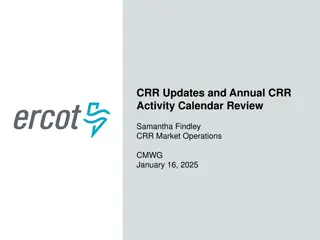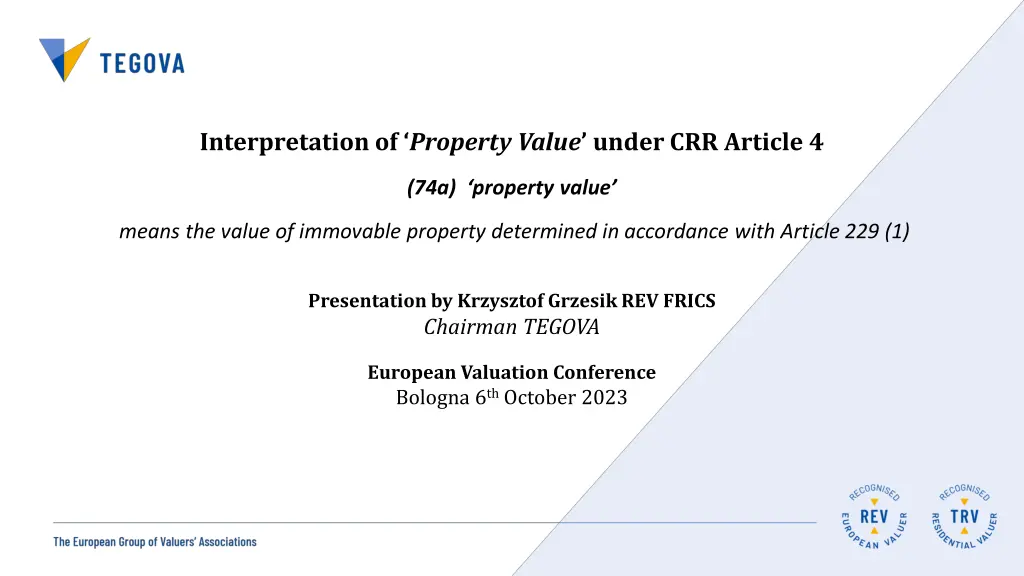
Interpretation of Property Value Criteria under CRR
Discover the interpretation of property value criteria under CRR Article 4 (74a) and the revised principles for valuing immovable property according to Article 229. Learn about TEGOVA's view on prudently conservative valuation standards, including the exclusion of price increases and adjustments for sustainable market prices over a loan's lifespan.
Download Presentation

Please find below an Image/Link to download the presentation.
The content on the website is provided AS IS for your information and personal use only. It may not be sold, licensed, or shared on other websites without obtaining consent from the author. If you encounter any issues during the download, it is possible that the publisher has removed the file from their server.
You are allowed to download the files provided on this website for personal or commercial use, subject to the condition that they are used lawfully. All files are the property of their respective owners.
The content on the website is provided AS IS for your information and personal use only. It may not be sold, licensed, or shared on other websites without obtaining consent from the author.
E N D
Presentation Transcript
Interpretation of Property Value under CRR Article 4 (74a) property value means the value of immovable property determined in accordance with Article 229 (1) Presentation by Krzysztof Grzesik REV FRICS Chairman TEGOVA European Valuation Conference Bologna 6thOctober 2023
REVISION TO ARTICLE 229 CRR Valuation principles for eligible collateral other than financial collateral paragraph 1 is replaced by the following: 1. The valuation of immovable property shall meet all of the following requirements: (a)the value shall be appraised independently from an institution s mortgage acquisition, loan processing and loan decision process by an independent valuer who possesses the necessary qualifications, ability and experience to execute a valuation; (b)the value is appraised using prudently conservative valuation criteria which meet all of the following requirements: (i) the value excludes expectations on price increases; (ii) the value is adjusted to take into account the potential for the current market price to be significantly above the value that would be sustainable over the life of the loan; (c) the value is not higher than a market value for the immovable property where such market value can be determined
TEGOVAs Interpretation of Prudently Conservative Valuation Criteria (i). the value excludes expectations on price increases; Exclusion relates to asking prices in the property market or forecasts at the date of valuation but which may be higher than supported by market evidence immediately prior to the valuation date The valuer should not reflect any such expectation of an increase in sale prices in the future This does not preclude the possibility of the valuer having regard to increasing prices, as observed between the dates of recorded sales transactions and the date of valuation. BUT such rising trends should not be forecast beyond the valuation date.
TEGOVAs Interpretation of Prudently Conservative Valuation Criteria (ii) ii) the value is adjusted to take into account the potential for the current market price to be significantly above the value that would be sustainable over the life of the loan; market price" should be understood as meaning the same as market value. This criterion requires an adjustment to be made to the market price if necessary adjusted for criterion i), to reflect the potential for this price to be significantly higher than the value that would be sustainable over the life of the loan.
TEGOVAs Interpretation of Prudently Conservative Valuation Criteria (ii) continued No need for a separate valuation but an arithmetical adjustment to the market price/market value Valuer advised to undertake an analysis of the market in the context of its cyclicality. If at the date of valuation prices were at the peak of the market cycle, there is likely to be a risk that the market value will be higher than the value that could be sustained over the term of the loan. By contrast, if prices were at the bottom of the market cycle, there is probably little such risk. In addition, all other known factors should be taken into account in the assessment of the described risk. For example, the oversupply of a particular type of property may lead to a decrease in prices in the future and thus to a decrease in the value of the assessed property in the future.
THANK YOU www.tegova.org

